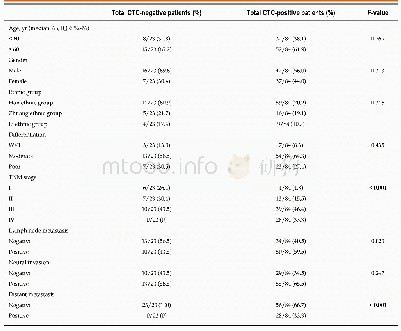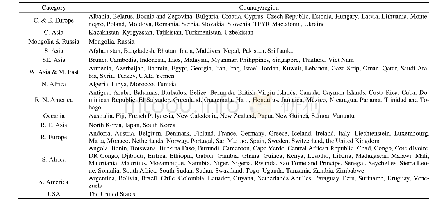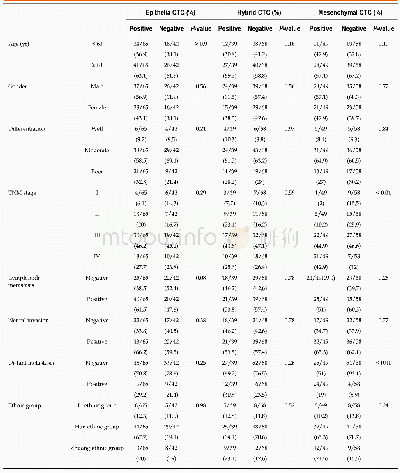《Table 1 Regional climate models (RCMs) and general circulation models (GCMs) used in the present st
 提示:宽带有限、当前游客访问压缩模式
提示:宽带有限、当前游客访问压缩模式
本系列图表出处文件名:随高清版一同展现
《"Simulating hydrological responses to climate change using dynamic and statistical downscaling methods: a case study in the Kaidu River Basin, Xinjiang, China"》
Note:RCM,Regional climate model;GCM,general circulation model;HadGEM3-RA,Hadley Centre Global Environmental Model version 3 regional climate model;RegCM4,Regional Climate Model version 4;SUN-MM5,Seoul National University Meso-scale Model version 5;Had
In this study,both dynamic and statistical downscaling outputs were used to explore the impacts of climate change on water resources.The outputs of three dynamic downscaling models were obtained from RCMs that were used in the CORDEX-EA project.In order to obtain more representative statistical downscaling outputs,we used the delta change method to calculate the relative change in variables(Onyutha et al.,2016).First,we examined the outputs of all GCMs from Coupled Model Inter-comparison Project Phase 5(CMIP5)by comparing the GCM historical data with observed records in the study area.Moreover,we then excluded the simulated temperature and precipitation data with the standard deviations(between GCM runs and observed data)being larger than 1.Eventually,30 GCMs were selected and the relative change in variables was calculated.The daily temperatures for future scenarios were obtained by adding the observed daily series(1990–1999)to the differences in mean monthly temperature between GCM scenario series and reference series.The simulations for daily precipitation were generated via multiplying the observed daily series(1990–1999)by the rate of increase in the mean monthly precipitation in two future periods(2020–2029 and 2040–2049).A summary of RCMs and GCMs used in the present study is given in Table 1.
| 图表编号 | XD0020365100 严禁用于非法目的 |
|---|---|
| 绘制时间 | 2018.12.01 |
| 作者 | BA Wulong、DU Pengfei、LIU Tie、BAO Anming、LUO Min、Mujtaba HASSAN、QIN Chengxin |
| 绘制单位 | State Key Laboratory of Environmental Simulation and Pollution Control, School of Environment, Tsinghua University、State Key Laboratory of Desert and Oasis Ecology, Xinjiang Institute of Ecology and Geography, Chinese Academy of Sciences、State Key Laborat |
| 更多格式 | 高清、无水印(增值服务) |
查看“Table 1 Regional climate models (RCMs) and general circulation models (GCMs) used in the present study”的人还看了
-

- Table 2 Correlation between total circulating tumor cell status and clinicopathological factors of patients with pancrea





